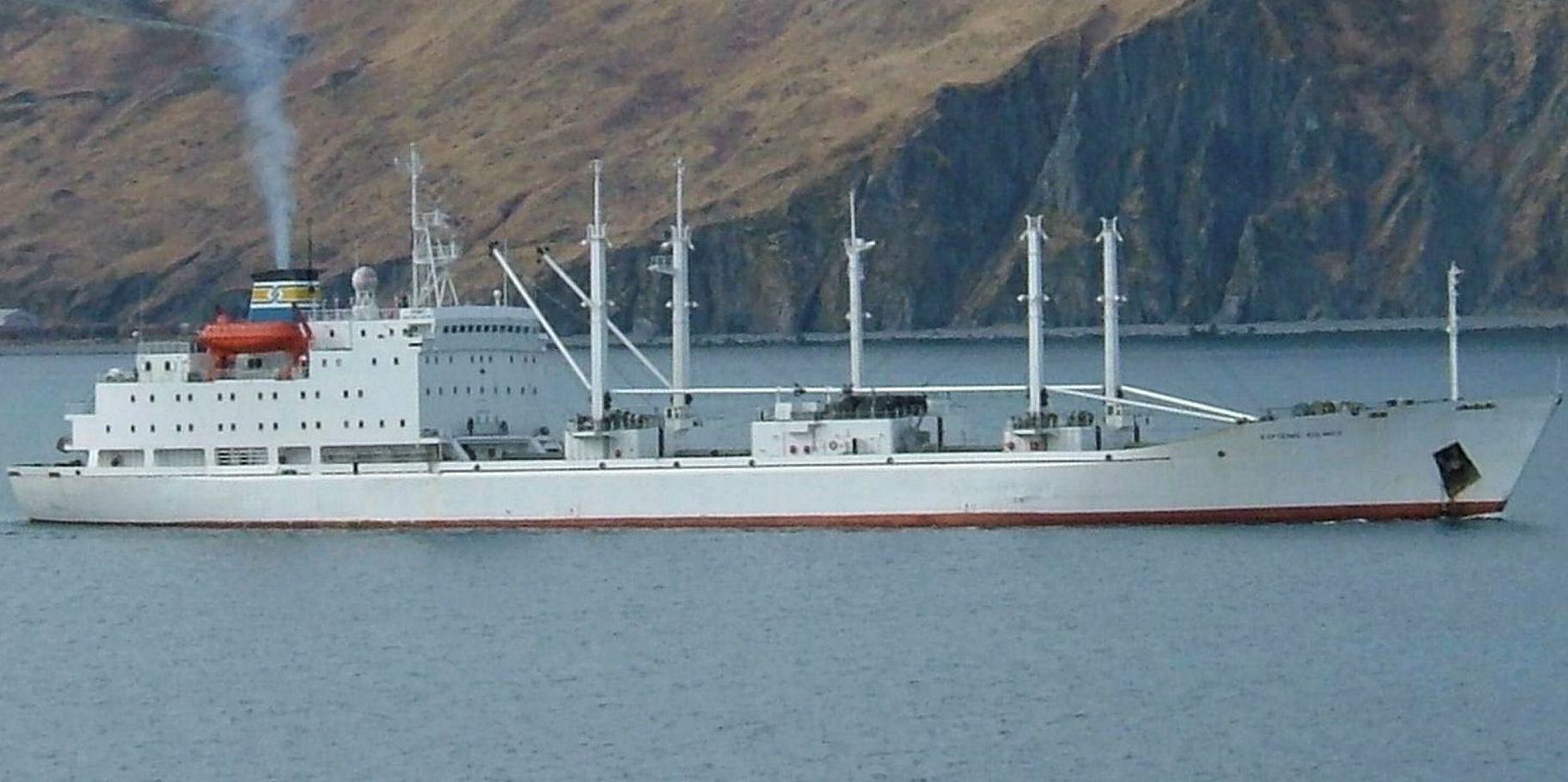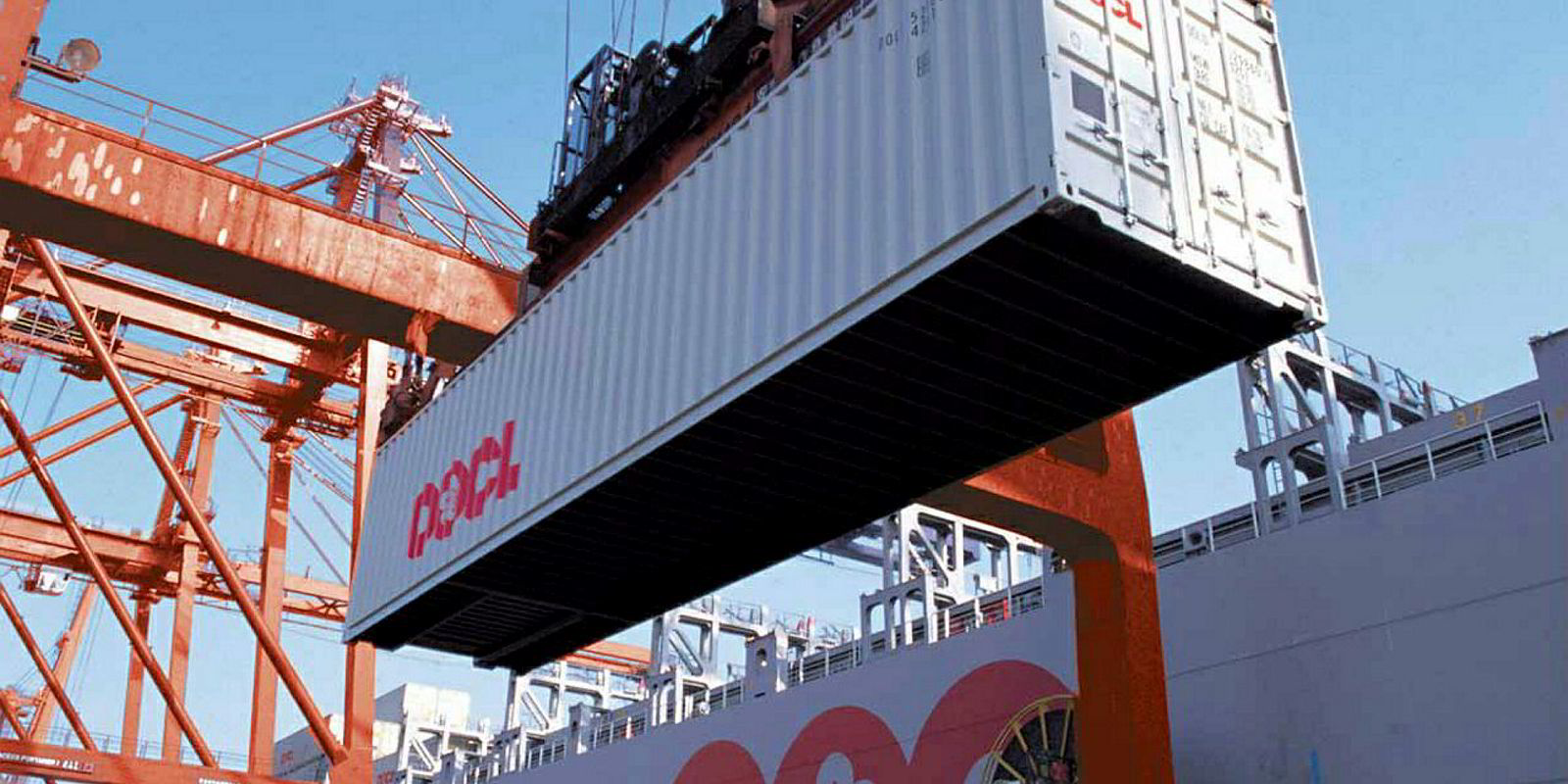Charterers will typically not pay enhanced rates to have their cargoes carried on a reefer newbuilding and this probably helps explain why shipyard orders are rare.
“It is too expensive to build reefer ships,” says Alpha Reefer Transport (ART) managing director Benjamin Emmert, who estimates that a simple design of 300,000 cbf, with derricks and the capability to take 4,500 tonnes of fish, would cost about $20m.
Financing such a vessel would require 10 years at $9,000 to $10,000 per day but none of ART’s clients are willing to commit at this level. About $7,000 per day could be achieved at the moment.
Emmert says the cost of bunkers is important because if the oil price is too low then many countries based on oil economies that ART is trading to, including Nigeria and Angola, will not have the funds to import.
On the other hand, a bunker rise of $100 per tonne translates into extra fuel costs of about $50,000 on a Mauritania-to-West Africa round voyage, based on a 400,000-cbf reefer consuming about 20 tonnes per day, he says. That works out to an extra $12.50 per tonne if 4,000 tonnes of frozen cargo is carried.
It is estimated that the use of ultra low-sulphur fuel from 1 January 2020 will cost another $30 per tonne on the Mauritania-West Africa route, something Emmert says “we cannot absorb ourselves”.
The extra expense will have to be passed onto clients — everybody will have to pay a share — because there is no sense installing scrubbers on those vessels that are 30 years old, even if it is physically possible, he says.
The average age of the ART fleet is about 25 years, compared with a world fleet average of 27 years.
“We are bunkering from tankers in West Africa but will they have this product [ultra low-sulphur fuel] available?” Emmert asks. “What will happen with the old bunkers we have onboard? There must be a period of time when we can use the old stuff.”
Emmert believes Laskaridis Shipping will install scrubbers on some of its younger vessels because the owner has contract commitments, including squid from the Falkland Islands to the Far East and Spain.
While Emmert believes there will always be a niche for some specialised reefers, operators are well aware that if they aggressively undercut each other they will drive down rates and ultimately go out of business.
Irish Shipbrokers reported last month that its reefer index measuring spot and charter rates for 260,000-cbf and 470,000-cbf vessels closed at 1,235 points at the end of October — a fall of just 2% year on year.
This is a big improvement on the record low of 734 points in April 2016, but conventional reefer trades are said to be suffering from large tonnage cascading from the fruit trades into the frozen trades.
At least 27 reefers of more than 10 million cbf have been scrapped this year, including by Laskaridis Shipping, and globally more — especially smaller units — could follow given the cost of renewing class certificates, which Emmert says can be $800,000 to $1m.
“Will you ever get this money back?” he asks.
He notes that China National Fisheries Corp (CNFC) has been buying reefers at scrap prices to establish their own transport of squid between the Falkland Islands and the Far East.
But Emmert questions how suitable such vessels are for the trade given they are typically fitted with cranes, not derricks, and consequently not ideal for transshipment on the high seas.
Cranes can lift 20 to 30 tonnes compared with just five to 10 tonnes using derricks (which can be double rigged), but are slower and potentially dangerous given sea swell and winds, he claims. Former Seatrade and MPC Group vessels are among those that have been acquired by CNFC.






